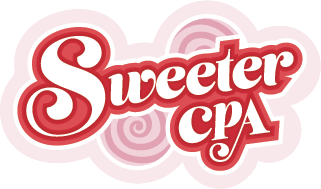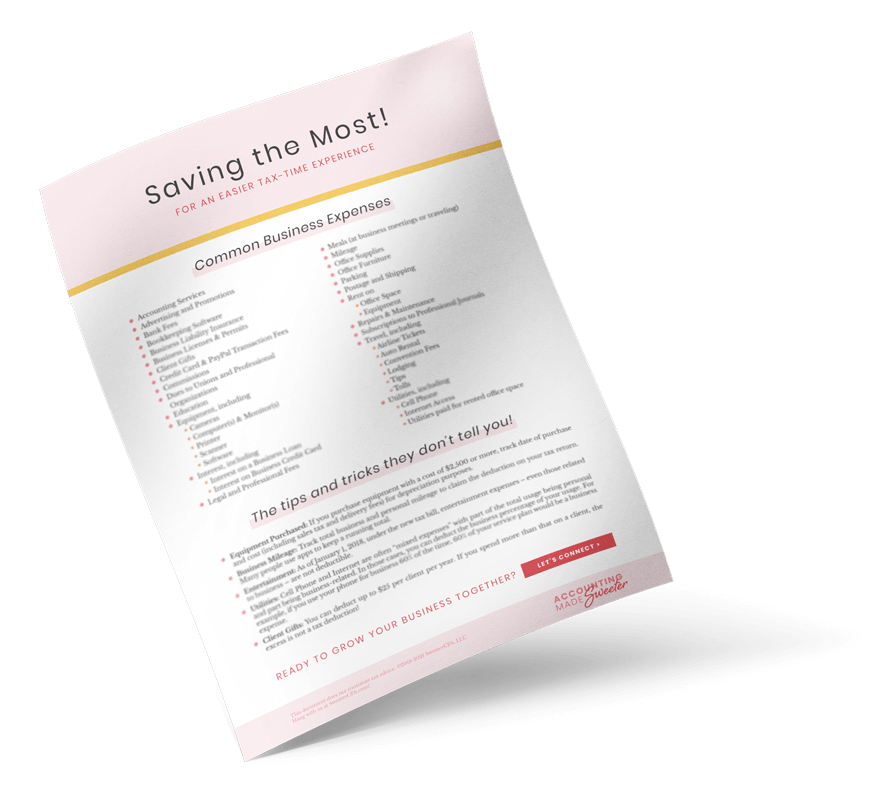Tax time is coming! While that may strike fear into your heart, there’s no need to put off your preparation. Here are some steps to make this tax season easier.
Step 1: Gather
In order to calculate how much you owe the IRS, you first have to get your paperwork in order. Did you work for someone else? If you were an employee, your income should be reported to you on a Form W-2. Contractor earnings are reported on a Form 1099-MISC. These forms were either sent to you in the mail or you should have received instructions via email explaining how to access them online. They were due January 31, so if you still don’t have them, you are well within your rights to call and ask!
You may have also received 1099s from your bank or financial institution. Interest earned in the past year will be reported to you on a Form 1099-INT. Forms 1099-DIV show any dividends you’ve received over the past year. If you’ve made any changes to retirement plans, you may receive a Form 1099-R.
Step 2: Prep
If you are a small business owner, your journey to a completed tax return has another step. You need to prepare your books from 2012 to make sure all your income and expense items are included. If you are using accounting software to keep track of the money you earn from or spend for your business, this step will be much easier!
- Make sure you’ve tracked all the income you’ve received from your business. This could have been reported on invoices you’ve sent to clients, Forms 1099-MISC you’ve received as a contractor, or receipts from sales.
- Be sure to keep track of all business expenses! Check out this post from last year for a detailed list. You or your accountant will report these expenses in categories on your tax return, so be sure you can explain each expense.
If your accounting software allows you to run a Profit and Loss statement, that is all you will need for this step! Easy-peasy.
Step 3: Dive in!
Now that you’ve gathered the documents you need and prepped your small business info, it’s time to dive into the returns. While online tax preparation services will guide you through the process, here’s some vocabulary so you can be confident of what you are filing:
- Form 1040 – this is your annual tax return.
- Standard Deduction – the government allows every taxpayer a standard amount to deduct from their yearly income. This amount grows with inflation, so it changes every year. You will enter this where prompted on Line 40 of your Form 1040.
- Schedule A – Instead of taking the Standard Deduction, you also have the option to itemize – or list out – your deduction items. These items include home mortgage interest and medical expenses (so people usually stick to the standard deduction until they own a home or have a major health crisis). You have the option of taking the standard deduction or filing a Schedule A to list your itemized deduction amounts, so take the deduction that is greater!
- Schedule C – this schedule, also filed with your Form 1040, is where you report earnings or loss associated with your small business. The schedule goes through all your possible sources of income and expense to calculate your net earnings for the year. If you have inventory, you will detail related costs on the second page of this schedule. The net earnings (or loss) will then show up on page 1 of your Form 1040.
- Schedule SE – Self Employed people who earned more than $400 in the past year will need to fill out a Schedule SE to report self employment tax.
Step 4: Get Help
If you aren’t confident you can prepare your taxes on your own – or if you think your time and expertise are better spent elsewhere! – reach out to an accountant. They are here to make sure you complete everything correctly and get all the possible deductions. Besides, money paid to a CPA or tax preparer is deductible on next year’s return!



